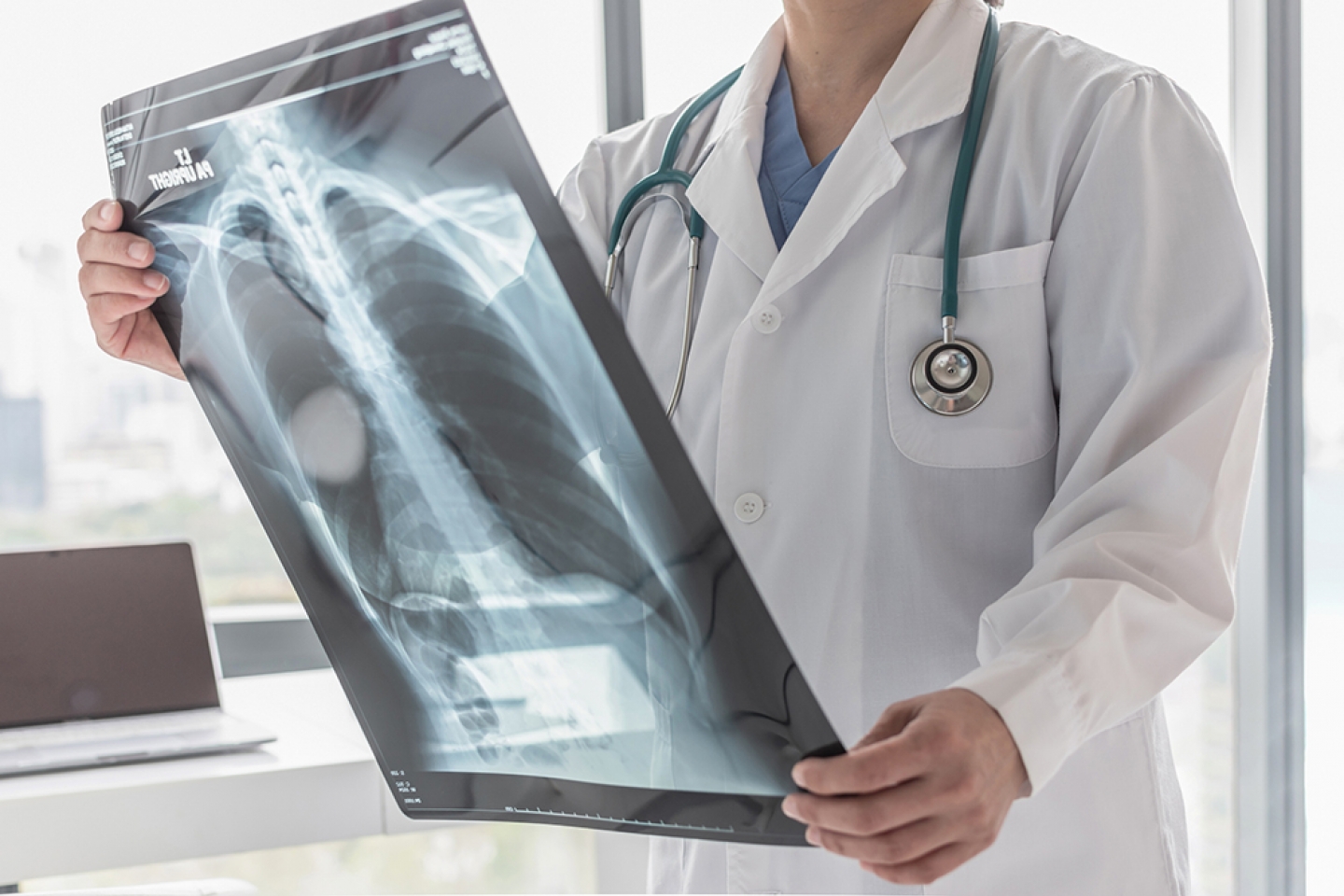
Lung cancer is one of the world’s most common and deadliest cancers, making public education regarding its risk factors, symptoms and screening recommendations a top priority.
The collective hope is that raising lung cancer awareness may increase the likelihood of early detection in more patients, as well as garner support and funding for lung cancer research. Raising awareness and funds has the potential to ultimately improve outcomes for the disease.
“Lung cancer has decreased in terms of incidence (occurrence of new diagnoses) and mortality (deaths) thanks to prevention, screening and novel therapies, but it remains one of the most lethal cancers,” says Dr. Giuseppe Giaccone, Medical Director of the Thoracic Oncology Program at Weill Cornell Medicine and NewYork-Presbyterian Hospital. “Although lung cancer is relatively common in heavy smokers, it is presently detected mostly in ex-smokers and in an increasing number of never-smokers and in women. Awareness that lung cancer is no longer a disease affecting only heavy smokers is important to recognize in order to better target prevention and early detection efforts.”
While smoking is the leading risk factor for lung cancer (accounting for about 80 percent of cases), not all smokers develop lung cancer, and not all lung cancer patients are current or former smokers. The proportion of never-smokers who develop lung cancer is rising. Scientists continue to explore what may cause the disease in people who have never used tobacco. Exposure to secondhand smoke, radiation, air pollution and hazardous substances including, but not limited to, asbestos and uranium also influence risk of lung cancer, as does family history of lung cancer and infection with human immunodeficiency virus (HIV).
Some medical literature is suggestive of a link between use of smoking alternatives like e-cigarettes (vaping) and severe lung disease, though further investigation is required to determine vaping’s long-term effects, including risk of lung cancer.
While most lung cancers do not cause symptoms until the disease has advanced, patients who consult with their healthcare team as soon as symptoms become apparent can increase the chances that their cancer will be caught and treated early.
Some lung cancers can be detected via screening. Weill Cornell Medicine and NewYork-Presbyterian Hospital’s Lung Cancer Screening Program provides state-of-the-art, low-dose computed tomography (LDCT) imaging for high-risk individuals. According to the U.S. Preventative Services Task Force, high-risk individuals are current or former heavy smokers between ages 55-80 who show no signs or symptoms of lung cancer. People who do not fit these guidelines but possess other lung cancer risk factors can receive a personalized assessment to determine their screening eligibility and guide their decision.
Our screening program draws upon the expertise of a multidisciplinary team of pulmonologists, thoracic surgeons, medical oncologists and radiologists who are available for specialized care should further testing or treatment be necessary.
Because smoking is the leading risk factor for developing lung cancer, we also offer Tobacco Cessation Counseling, in which our trained Tobacco Treatment Specialists provide individual and group support to help people quit smoking. These sessions can take place in person or remotely.
We offer a full range of cutting-edge diagnostic and treatment options, some of which include targeted therapy and immunotherapy, minimally invasive surgery, thermal ablation, clinical trials and much more.
“This is an exciting time in lung cancer research and treatment because there are so many more options available than there used to be,” says Weill Cornell Medicine/NewYork-Presbyterian Hospital lung and thoracic oncologist Dr. Ashish Saxena. “Treatment can be tailored to a particular patient and their specific lung cancer.”
Dr. Saxena notes that among the lung cancer field's most promising recent treatment advances is the combination of immunotherapy drugs with one another as well as with other treatments, such as chemotherapy and radiation. There has also been advancement in the field of precision medicine with increased development of drugs that target specific mutations that a patient’s lung cancer may carry in the RET, MET or ALK genes, for example.
Targeted therapies and immunotherapy are novel therapeutic options that have greatly improved outcomes (survival and quality of life) in advanced lung cancer patients, the majority of people diagnosed with lung cancer.
The Lung Cancer and Thoracic Oncology Program at Weill Cornell Medicine and NewYork-Presbyterian Hospital is proud to be at the forefront of advancements in the understanding and care of lung cancer.